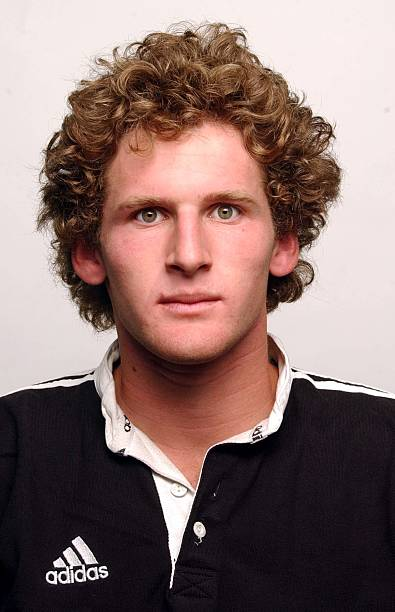With the upcoming Sevens tournament in Vancouver providing rugby fans another opportunity to watch Oli Mathis in glorious action, I thought it might be interesting to take a look at his evolution as a player in recent seasons and reflect on whether he would be best suited to a place on the wing or to a spot among the forwards for the U20s.
Spotlight: Rugby riddles in the dark
I’m guessing we’re going to be having this discussion for the next decade or something, so I might as well get in early: where, exactly, do you play Oli Mathis? There is little doubt in my mind that Mathis is a generational-kind of player. What stands out in particular in this regard is the sheer range of his attacking weapons. Mathis can beat defenders in a number of ways, be it his raw pace, his fend, his offloading ability, through chips, through steps, swerves, spins and hesitation moves. His highlight reel, for such a young player, is bordering on the obscene.
A very small sample of Mathis' highlight reel
But the question remains, of course, whether this attacking skillset is what you want from your openside flanker. A player like Ardie Savea quickly comes to mind: outrageously talented, without a doubt, but questions around the number on his back have never gone away. Then again, it’s not particularly clear how an openside flanker circa 2025 should be understood either, with a plethora of player-types filling the jersey across the Test landscape.
What makes a flanker a flanker?
To understand what makes a great 7, we can turn to some of the luminaries who have defined the position in the 21st century. Back in 2008, the IRB media program ‘Total Rugby’ wanted to give further insight into some of the more technical facets of the different positions in rugby and what precisely defined them. For the position of openside, they interviewed players such as Richie McCaw, Neil Back, Josh Kronfeld and Richard Hill, asking them what exactly makes a good 7 and what constitutes some of its key strengths and responsibilities. The full article is archived here:
While the position of openside has undoubtedly changed greatly since 2008 – with the fetcher-role especially becoming a collective task rather than just the primary job of the 7 – what these legends of the game answered back then still strongly resonates with modern day Test Rugby.
First, let’s listen to what the open side master himself, King Richie, has to say. “My main role as a flanker is, defensively, to tie in with the back line to ensure that the defence works well. On attack I think my primary role at first phase is to look after our ball. You attack the back line and I'm usually the first person there to make sure we secure that ball. Thirdly I put pressure on break downs and make sure I disturb their ball and try to turn their ball over.”
McCaw presents the classic picture of the openside: the 7 (a) acts as a connector between forwards and backs, (b) secures ball on attack, and (c) disrupts the opposition breakdown. Conventional stuff. But when pushed a little bit further on the nuances of the position, McCaw becomes somewhat more philosophical and wades into the spiritual domain of the so-called intangibles: “The one skill that I think has helped me over the years, and I think it’s quite important for an open side flanker, is anticipating a little bit what’s going to happen, where are breakdowns are going to end up. Actually anticipating when there’s often a shorter way to go, because even if you’re quick and you’re fit if you’re running further than you need to and your opposite man goes on the other side he’s going to be there. So I think understanding where other players are going to end up is one of the important skills.”
What McCaw is referring to here is something akin to game sense: the ability to see play unfold before it’s actually happened. How is that player going to fall into the tackle? What angle of entry is that forming ruck going to allow? When and where is the opposition line going to break?
Richard Hill, the World Cup-winning English flanker, gave a very similar insight: “An ability to realise when someone's tackled, whether to go in with your hands, whether you wait for the tackle to take place or for all parties involved to fall to the floor and then see if you can step over. Or sometimes knowing that if someone’s made a tackle, you actually back away.”
A supreme flanker, in other words, is as much an athletic specimen (Neil Back: “I think you’ve got to be a destructive tackler”; McCaw: “I think the big part outside of the actual rugby is the conditioning side and fitness. I put a lot of work into being fit, it’s a big part of my game”) as a rugby savant, constantly analysing the state of play on attack and defence. Josh Kronfeld, in his typically eloquent style, summed it up as follows: “You want to be able to be doing stuff, grovelling on the ground as well as doing the airy fairy stuff upright with the ball in hand so you have to be pretty well rounded in terms of your rugby skills.” The article finished with some advice from McCaw for any young kid who wanted to follow in his footsteps: “[T]hat’s what I tell to younger kids: try to be as close to the ball as often as possible.”
The fascinating world of ruck involvements
Oli Mathis would’ve been around three years old at the time of these interviews, undoubtedly already a rugby ball in his hands running around the family farm in Waihi. But how well has he actually listened to the greats of the game in the development of his flanker play? That’s what we’re going to try and find out here.
Mathis obviously scores well on a number of these facets, such as conditioning, handling skills, support play and attacking vision. He often sees a line-break happen before it has actually occurred and is more often than not in a good position to further link the play. He will accelerate into the gap anticipating the offload, and he will try to find shortcuts in attacking support. Other aspects, however, such as destructive tackling or ball-securement, are things which are much harder to bring into view, with Mathis’ proficiency at these roles still requiring a closer look. How well and how often does Mathis shift bodies at the breakdown? How close to the ball does he actually play?
Stats on ruck involvements are a way of getting closer to an answer to these questions. It allows us to get an insight into what kind of openside profile a player has. Does he play close to the source of the ball (high number of ruck attendances)? Does he act more like a cleaner on attack or as a disrupter of opposition ball (attacking versus defensive ruck attendance numbers)? Does he play close to the edges of the law or is he more someone who functions as a glue guy alongside other cleaners (high numbers in positive/negative impact versus high numbers in neutral impact)?
Ruck involvement statistics, in other words, are valuable tools for a deeper insight. But they are not perfect. They contain a considerable subjective factor (what constitutes a positive impact at the ruck?) and they aren’t easy to find or record. Still, I’ve tried to gather some data on Mathis’ ruck involvements across the three 2023 NZ Schools’ games (v. Barbarians U18; v. Australia U18 1; v. Australia U18 2), classifying these involvements into different categories: breakdown attendance (attacking and defensive), positive, neutral and negative impacts, and breakdown steals.
But what exactly constitutes positive, neutral or negative impacts in my view? Neutral impact is simple: the ruck attendance didn’t make a material difference, either in a good or bad way. A positive impact, on other hand, means that the ruck attendance had a clear effect to the good, e.g. a clean preventing a clear turnover opportunity, a breakdown penalty won at the defensive ruck, an effective clean allowing for lightning-quick ball, opposition ball has been slowed down, etc. A negative impact, finally, has left the team in a worse place than before: the ball has been turned over, a penalty has been given away, the own attacking ball has been effectively slowed down by the opposition.
To get an idea what we’re looking for, we can turn to this chart made by Nick Bishop for RugbyPass, on the statistical breakdown of different Super Rugby Pacific opensides.
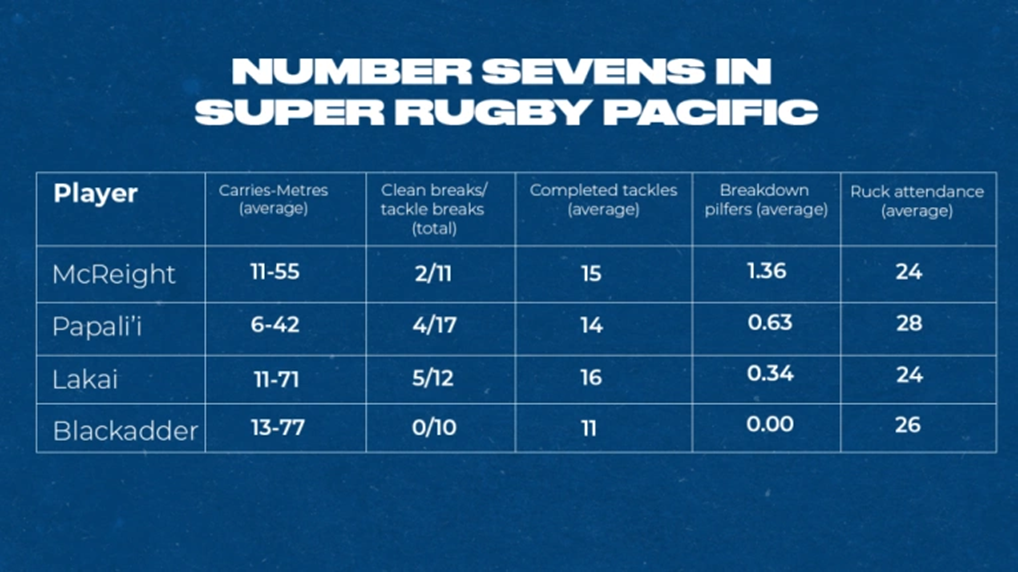
Source: Nick Bishop, “How the line between forwards and backs is becoming a blur”, 20 May 2024, https://www.rugbypass.com/plus/how-the-line-between-forwards-and-backs-is-becoming-a-blur/
On the basis of this chart, Bishop could show how someone like McReight had added an attacking carrying game to his breakdown specialty, presenting a profile relatively unique in the competition. It’s a way of bringing into view an openside’s ability to combine the many roles the like of McCaw, Back, Hill and Kronfeld have outlined.
Some numbers
Here, I’ll compare some of Mathis’ numbers against other sevens of a similar age profile and against similar opposition, Micah Fale (v. Australia U18 ’24) and Johnny Lee (v. Australia U20 ’24).
So first, let’s take a look at what some of the raw numbers, albeit of very limited sample size, indicate.
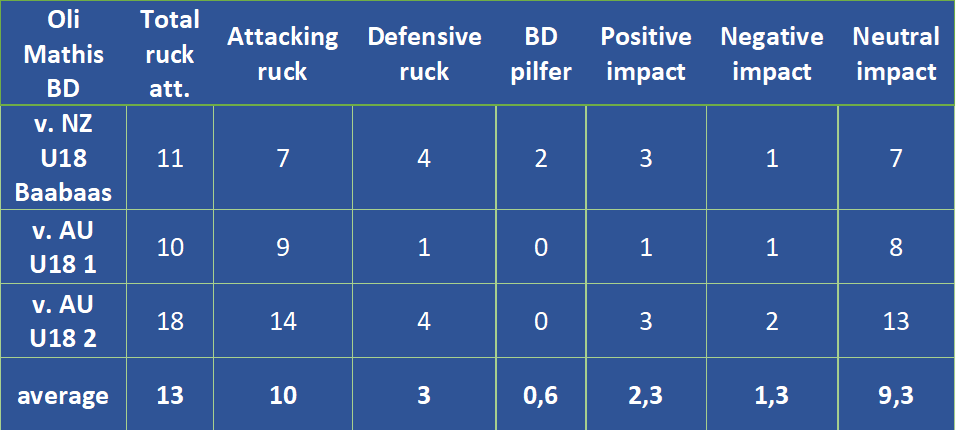


These limited stats do paint a picture of three very different opensides, one playing far away from the source with limited ruck involvements (Mathis), one who plays very close to it with a focus on securing ball (Lee), and one who represents a mix of the two (Fale). While someone like Mathis appears to be very selective in the rucks that he chooses to attend, someone like Lee, on the other hand, can be described as a workhorse in that area, constantly following the ball around the field rather than letting the ball come to him.
A flanker or a winger-in-disguise?
If we turn away from the numbers and actually look at Mathis’ game more closely, the stats do seem to reflect certain playing tendencies. Mathis’ first instinct is, first and foremost, to stay alive for any possible attacking opportunity. This has obvious advantages, as it allows his speed, strength in contact and offloading ability to be utilized to the utmost when an opportunity arises. It also has downsides, though, especially when the opposition is targeting the breakdown and slowing down attacking ball.
In the game against the Barbarian U18s, for example, with a 5-metre attacking scrum close to the Barbarian try-line, Mathis’ first job as the openside should be to clear the ruck on his side of the field as efficiently and quickly as possible, so Pledger, the 9, can create width as swiftly as possible in order to overwhelm the defence with superior numbers. Instead, Mathis stays on his feet waiting for the potential offload, allowing the opposition to slow down the ball and reorganize on defence.
Instead of aggressively clearing, Mathis is passive
Mathis’ decision-making around the breakdown, at least in these particular games, was too much focused around staying on his feet, leading to both a lack of physical impact on attack when clearing the ruck as well as presenting the opposition with opportunities on defence, his hesitation to contest the breakdown allowing the Barbarian U18s quick ball and line-breaks.
Questionable decision-making around the breakdown
Josh Kronfeld’s wise words come to mind here: it’s not enough as a flanker to just be doing the “airy fairy stuff upright with ball in hand”. “Grovelling on the ground”, messing up opposition ball by flying into the ruck, sticking hands into places they shouldn’t be, and rolling into the wrong but right place, are as much part of the job of being a flanker as is making the spectacular carries through opposition defences.
Turning it around
Alright, so much for the worrying signs. The attentive reader might now speculate that I’m making a case for Mathis to being turned into a back, where he can prioritize being an offensive dynamo while allowing the tight, groundwork stuff to the less-flashy forwards. And, to be honest, if you’d asked me this question in December 2023, I might have agreed with you.
But this is the thing with Oli Mathis which might be the quality which truly makes him special. He does have great instincts and, more importantly, he shows constant signs of being able to evolve his game. First, his instincts. While his radar wasn’t always working perfectly in the NZ Schools games, there were signs that, if he shifted his focus to the breakdown, he could make a strong and immediate impact.
Clean steal by Mathis
The further evolution to his game became apparent in the 2024 Bunnings NPC season, where, in his games at 7 for Waikato, he showed signs of being able to combine the airy fairy stuff with getting stuck into the breakdown as well. Take a look at his ruck involvement numbers, for example, in his game against Bay of Plenty.

From an average of only 13 ruck involvements as the NZ Schools openside, Mathis’ numbers have shot up to 28 involvements, focusing much more on both securing the ball as well as attacking the opposition breakdown. While he showed hesitation to go off his feet in the NZ Schools games, for Waikato, Mathis was flying into the ruck to clear out bodies.
Aggressive and effective cleans by Mathis
This is an openside with a clearly different focus, making sure that opposition threats around the breakdown are first dealt with, before looking for any potential carrying opportunities. Throughout the NPC season, Mathis showed an increased emphasis on physicality, often combined with excellent technique in the tackle, for example. At times, he could still struggle to effectively shift bigger bodies.
Mathis loses the physical battle at the breakdown
But that is only to be expected of a young, not yet fully physically matured player. What is important, is that he has shown a more complete array of flanker-skills with increased ruck involvements while still retaining his freakish attacking abilities around the field.
Finding the best of both worlds
The goal for Mathis, ultimately, will be to find a balance, one where he still carries out his responsibilities as an openside but where he is able to pinpoint opportunities to drift away from the breakdown in order to sniff out attacking opportunities. This will ultimately come down to his own development as a rugby player and decision-maker, the so-called vision and instincts expounded by the likes of Kronfeld and McCaw. Even for rugby royalty like McCaw, this was something that needed to be learned and developed: “As a young player I used to always chase the ball or be as close to the ball as often as possible to be effective and I perhaps have refined this a little bit now. But if you have those sorts of instincts, then you are going to be able to work out where you are effective and where you’re not.” Mathis’ first instincts are probably diametrically opposed to those of McCaw, with the former too quickly straying away from the breakdown action rather than stick too closely to the ball like the latter. But he too can refine his own instincts and find the road to the best of both worlds. The 2025 U20 season should present Mathis with an excellent opportunity to further hone these instincts in the 15-man game, combining with his fellow loose forwards to dominate both in the tight and the loose.
Potential combinations
Speaking of other loose forwards, there are plenty of candidates who will be competing for starting and extended squad positions. Mathis’ teammate at the NZ Sevens, Joey Taumateine, will most likely be vying for the number eight shirt alongside 2024 NZ U20 representative, Mosese Bason. Rupeni Raviyawa, the Fijian number eight from Feilding High School, could be an interesting option as well, although he might not be eligible for the U20 side.
Micah Fale, still U19 in 2025, will do his best to unseat Mathis from the openside position. Looking closely at his 2024 NZ Barbarians U18 game against Australia, one focus for Fale will be fitness and conditioning. In that game, he started out like a rocket, carrying, tackling and cleaning rucks like a madman. But it became quickly clear that it was a tempo that he couldn’t hold up for an entire game, his engine already running low near the end of the first half. In the second half, he became much more passive, drifting to the edges and waiting for the play to come to him rather than attack it, like he did at first. One reason for this will be the weight he added on in the previous year. If he can keep up his first-half pace through improved fitness, he will be a real asset at U20 level, either starting or on the bench.
The blindside flank has plenty of potential suitors as well. Fabian Holland’s younger brother, Quinten, might feature, his lineout ability and cleaning prowess a complementary skillset to Mathis’ dynamism in the loose. Others, like Finn McLeod and Lenz Morunga-Itunu, have shown plenty of promise as well, both McLeod and Morunga-Itunu having already displayed real attacking prowess on the edge combined with solid breakdown work.
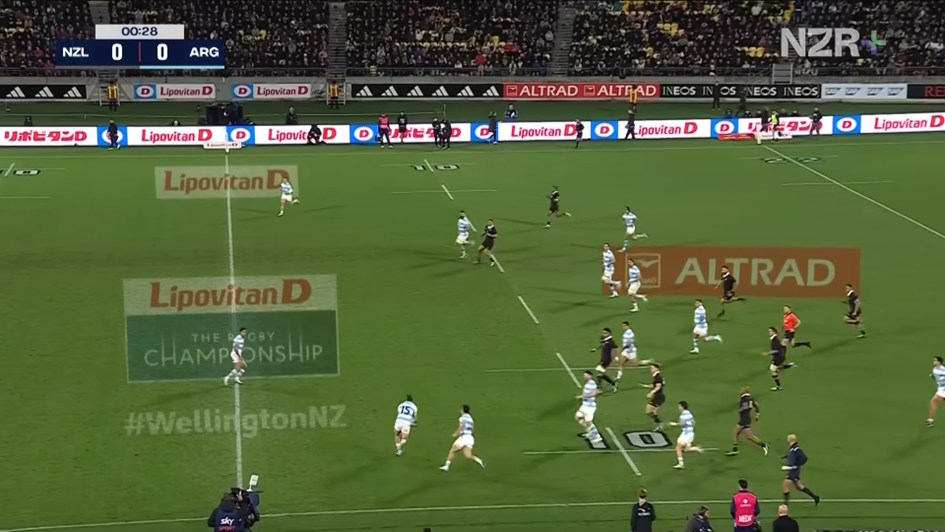
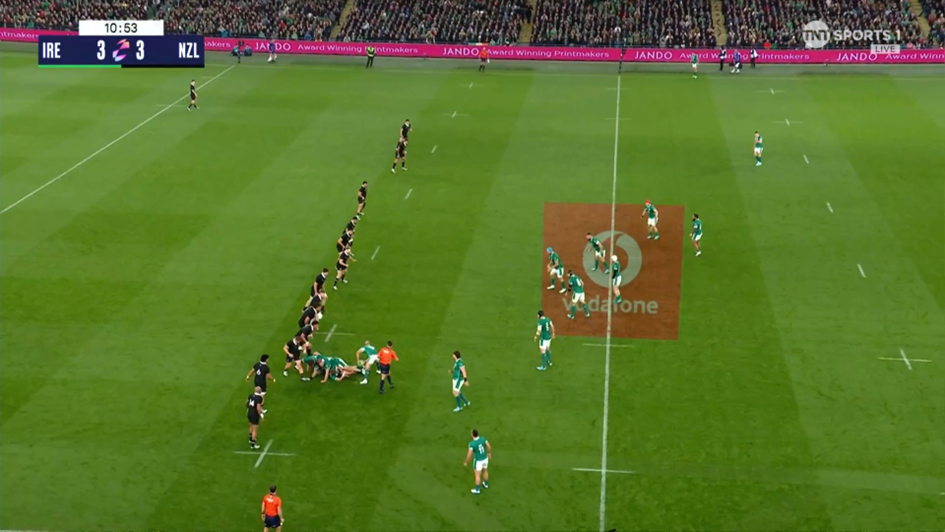
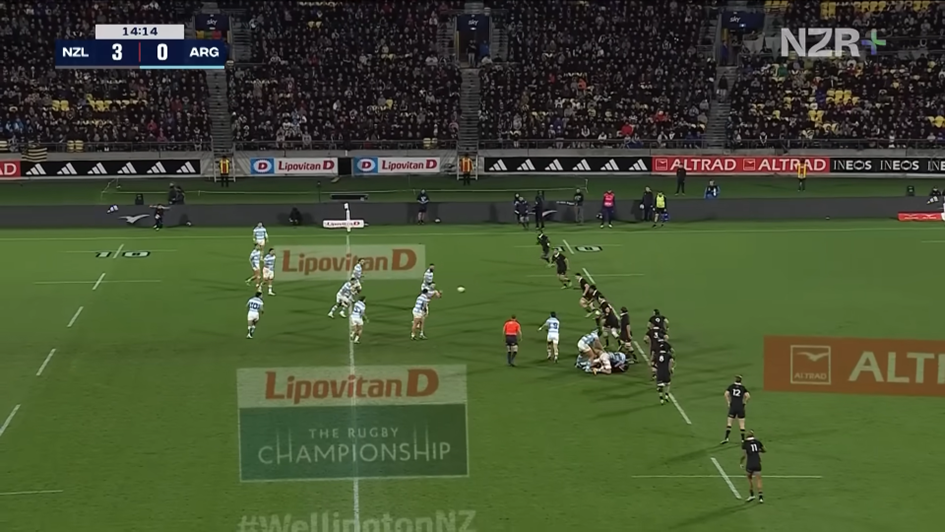
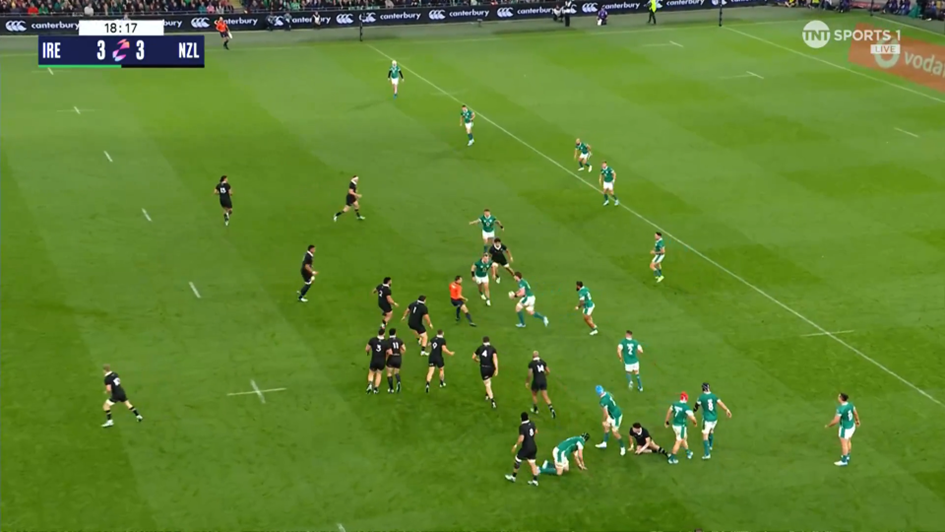
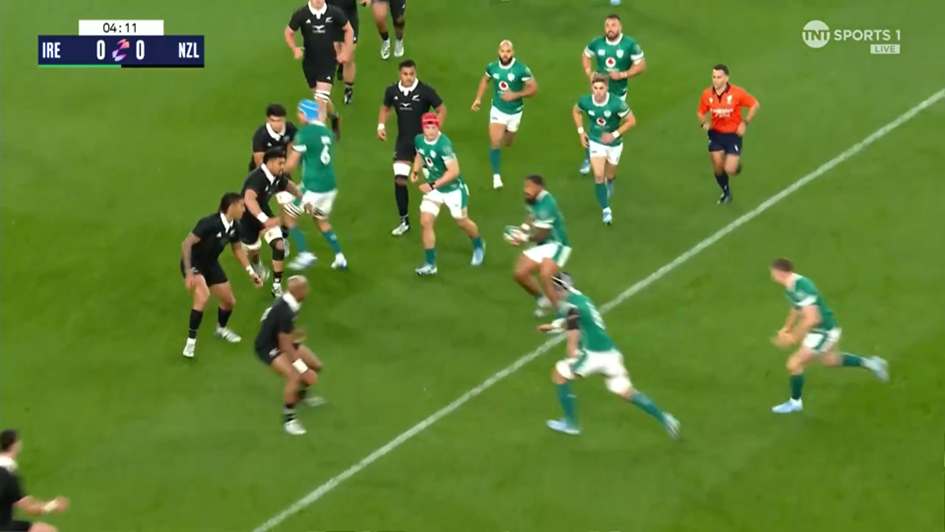
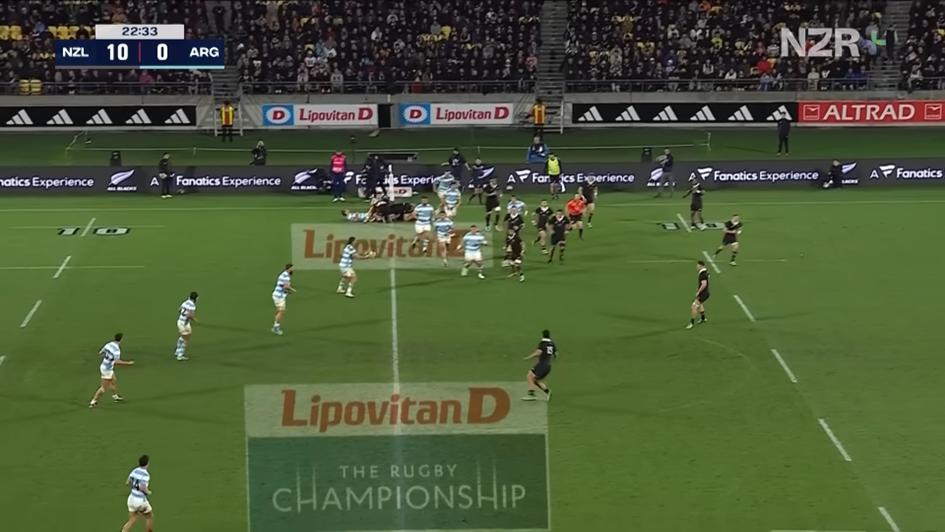
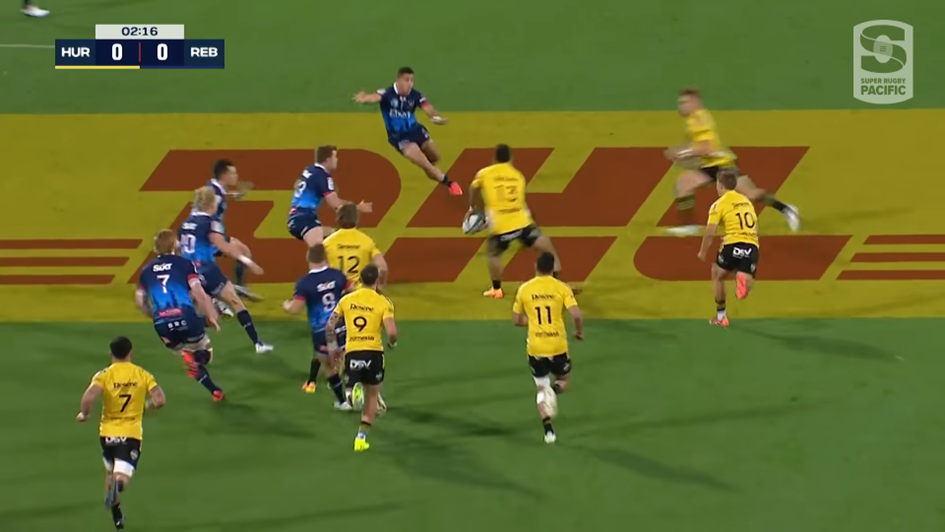
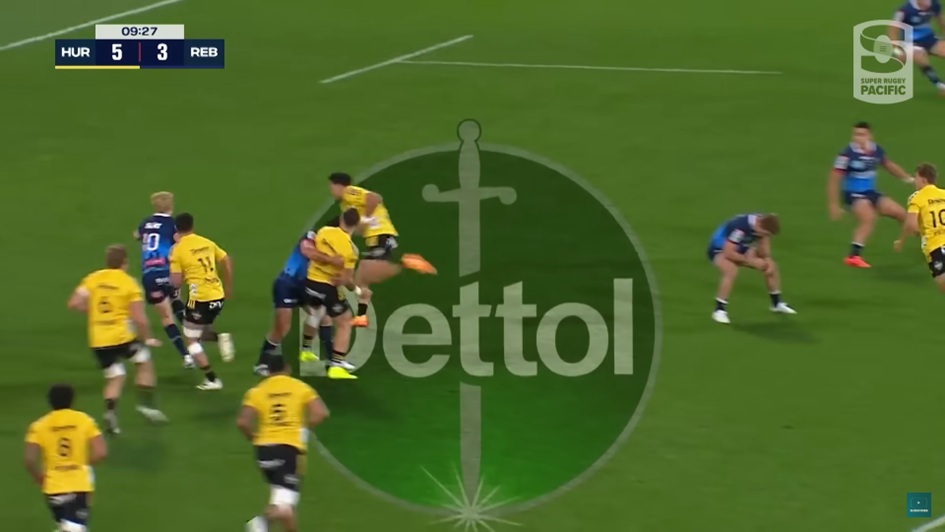
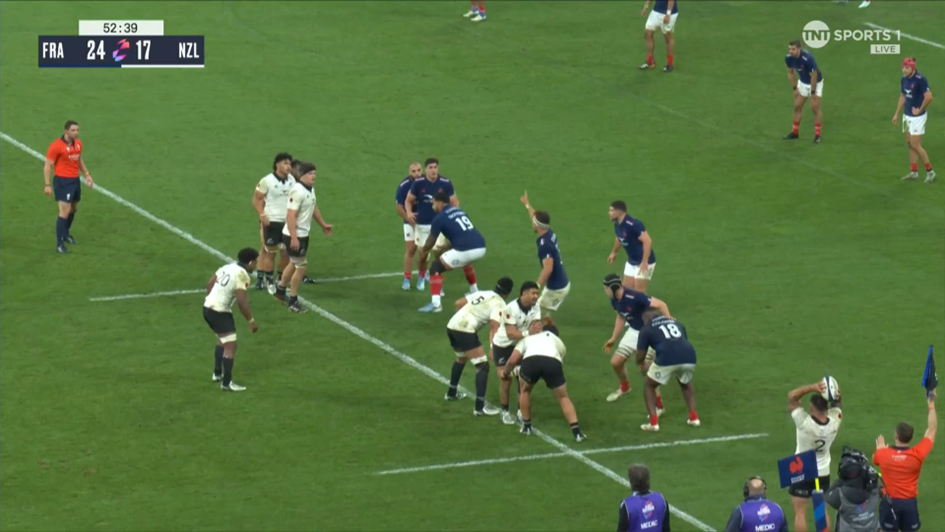
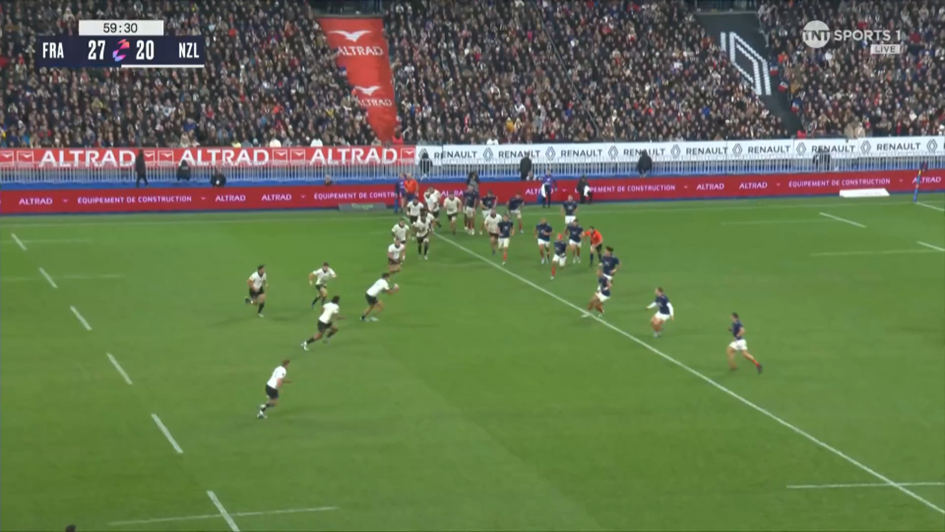
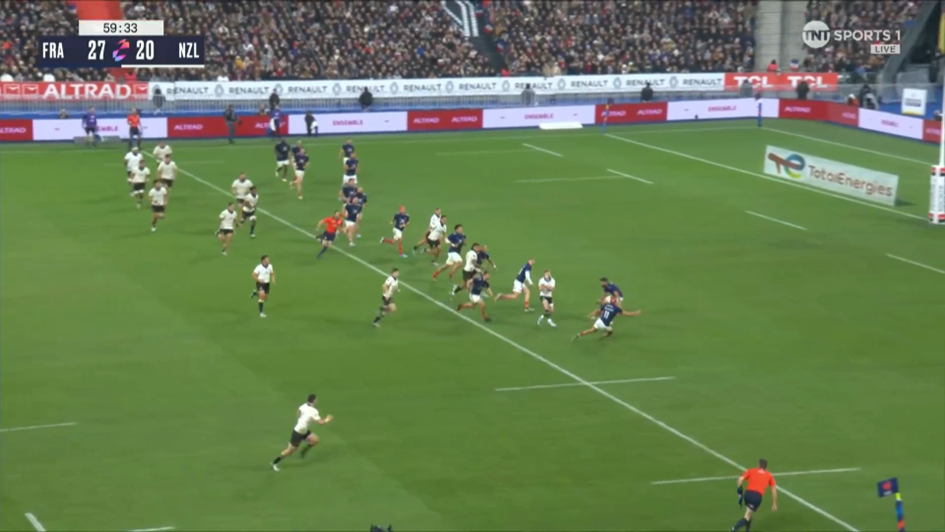
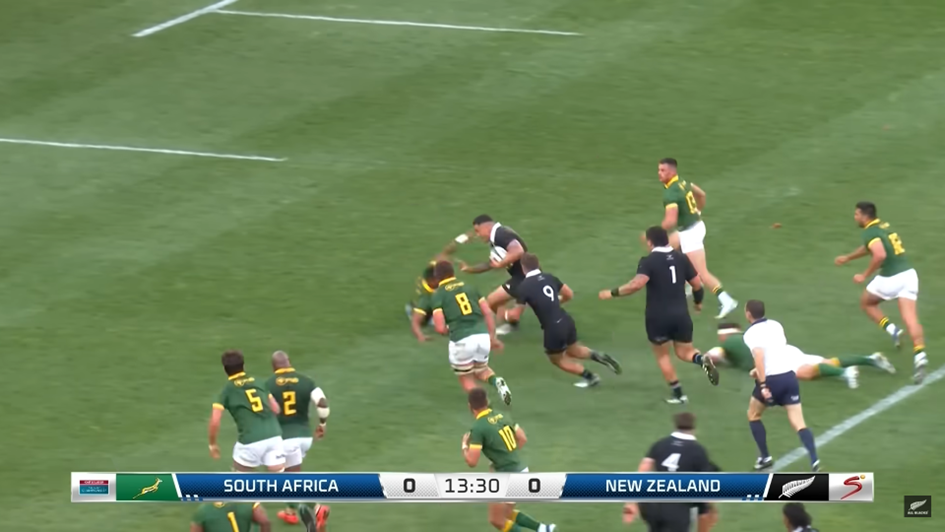
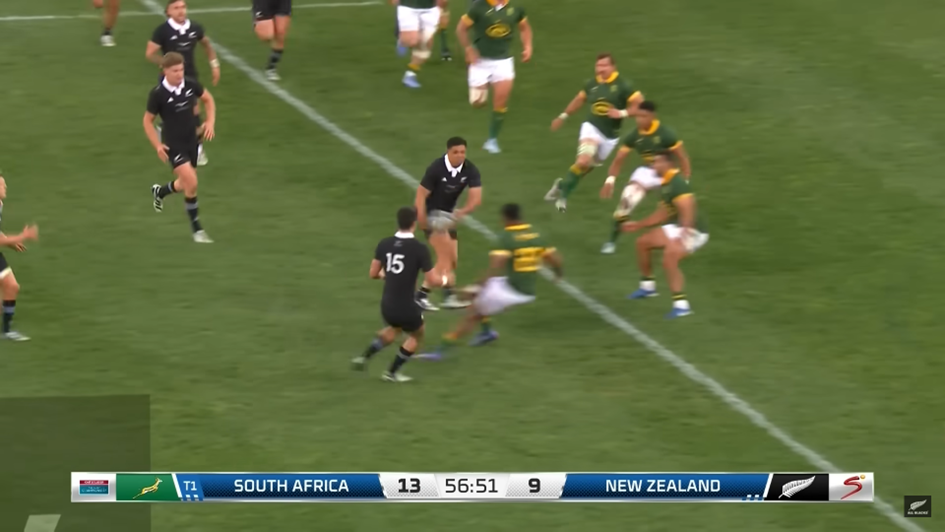
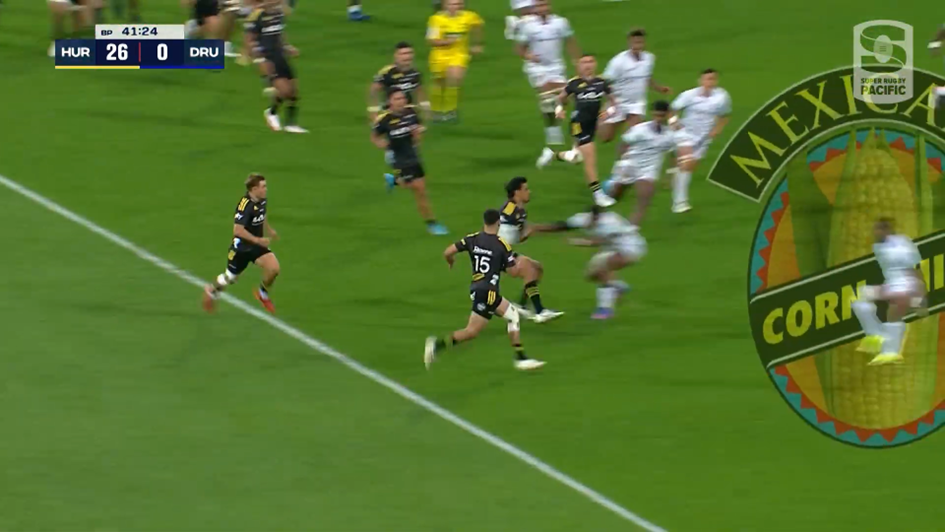
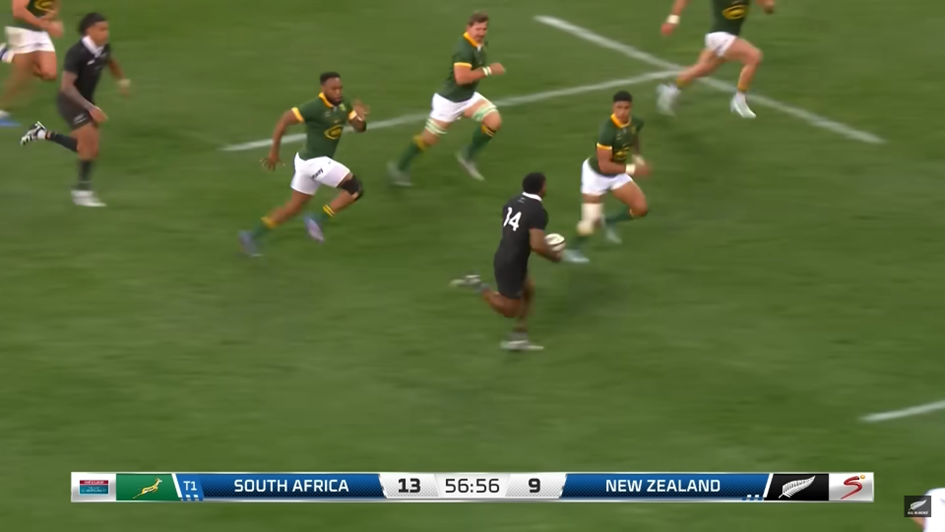
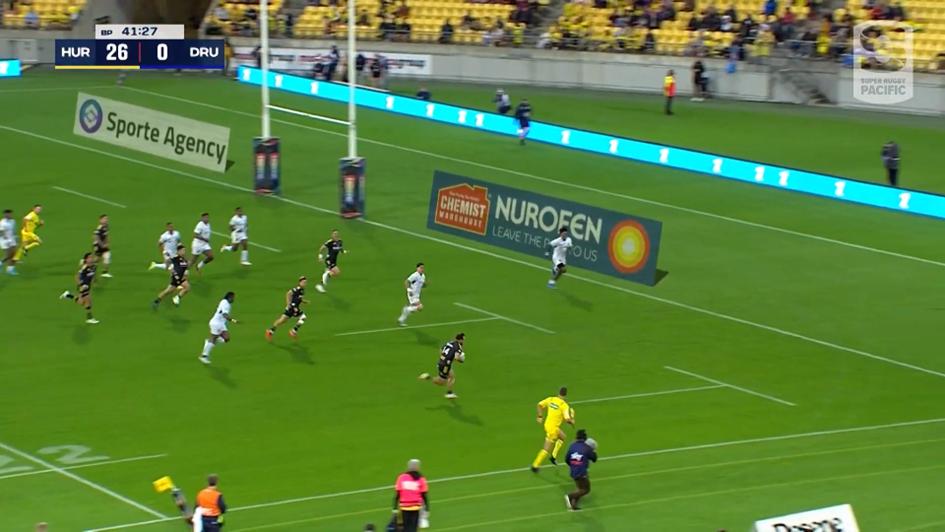
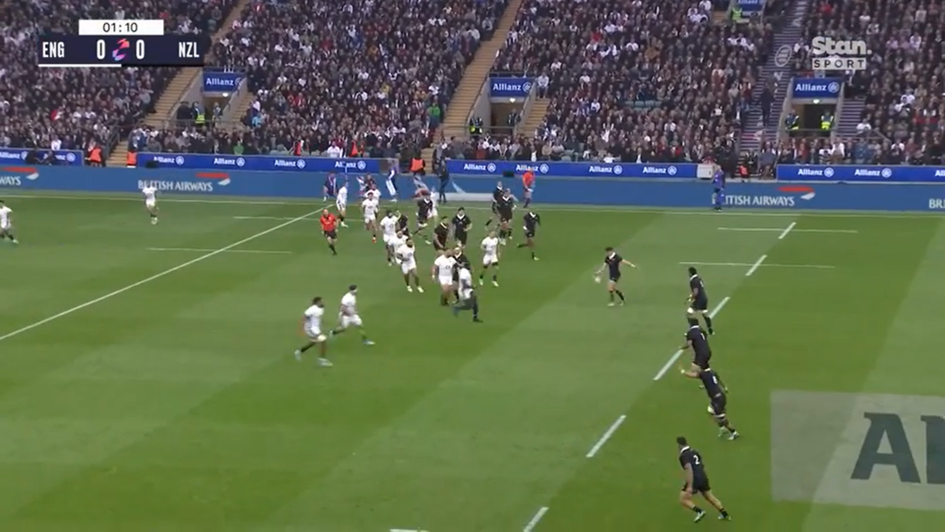
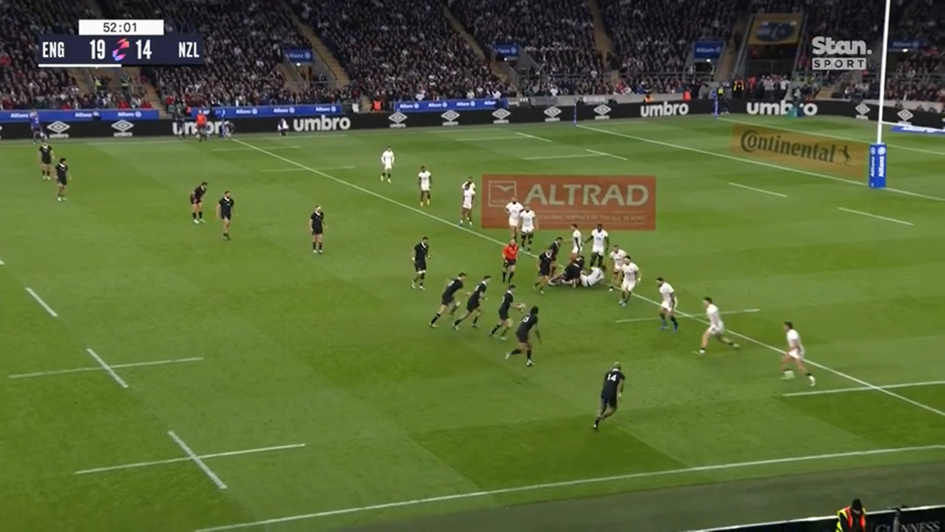
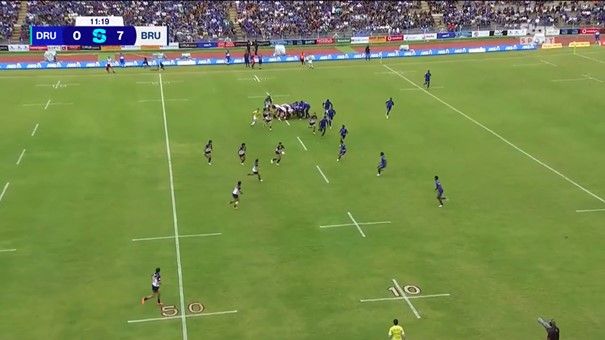
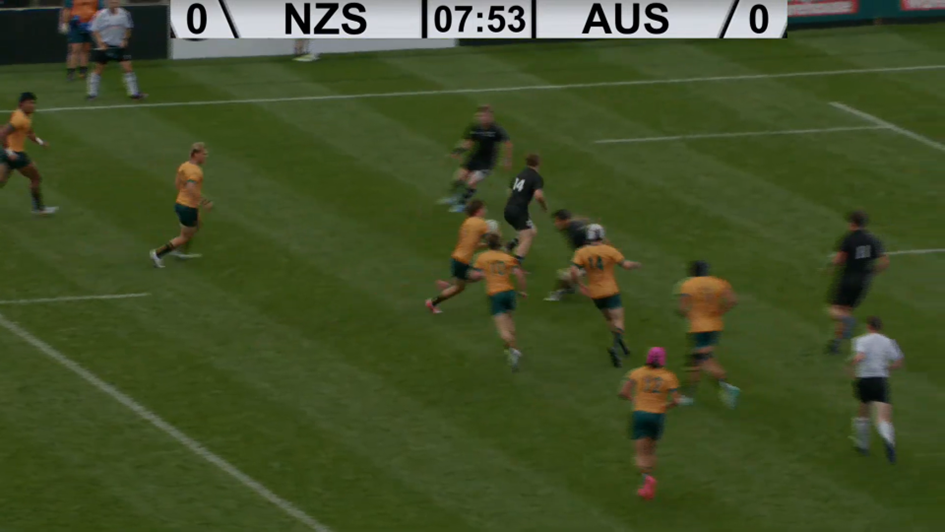
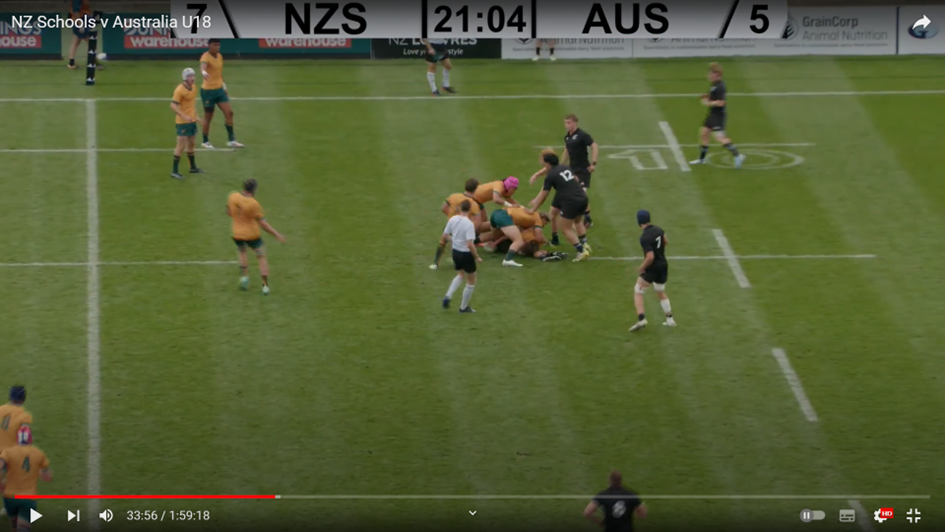
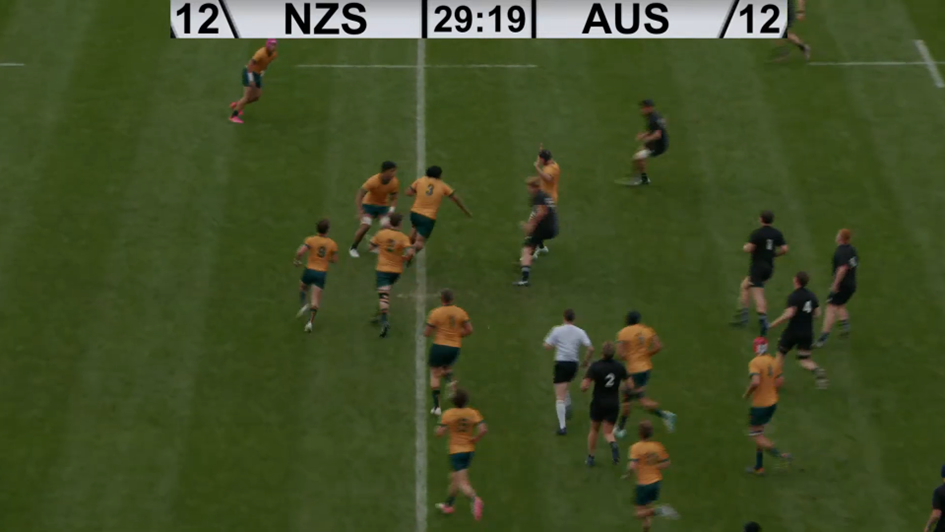
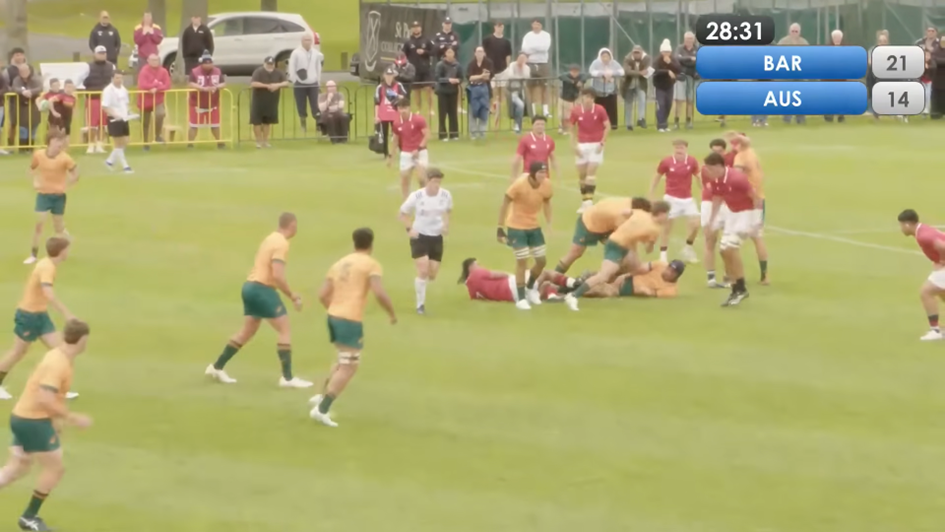
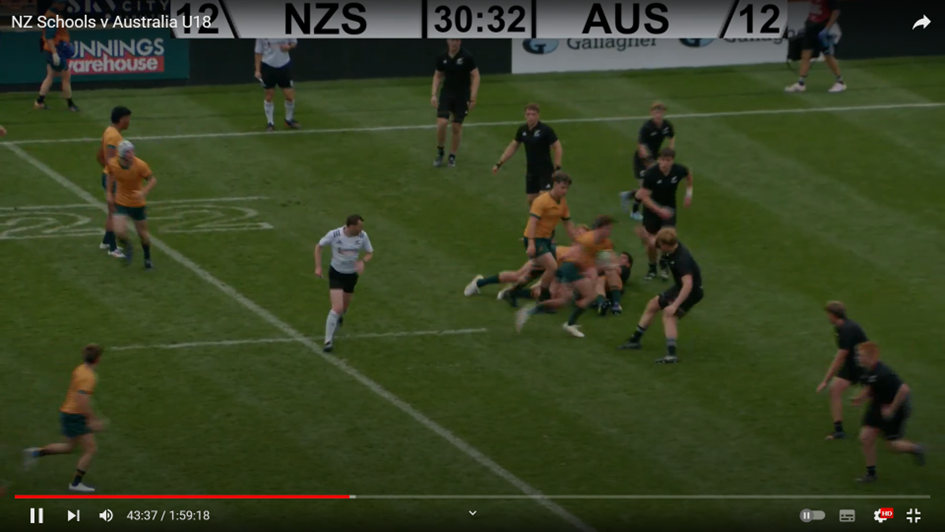















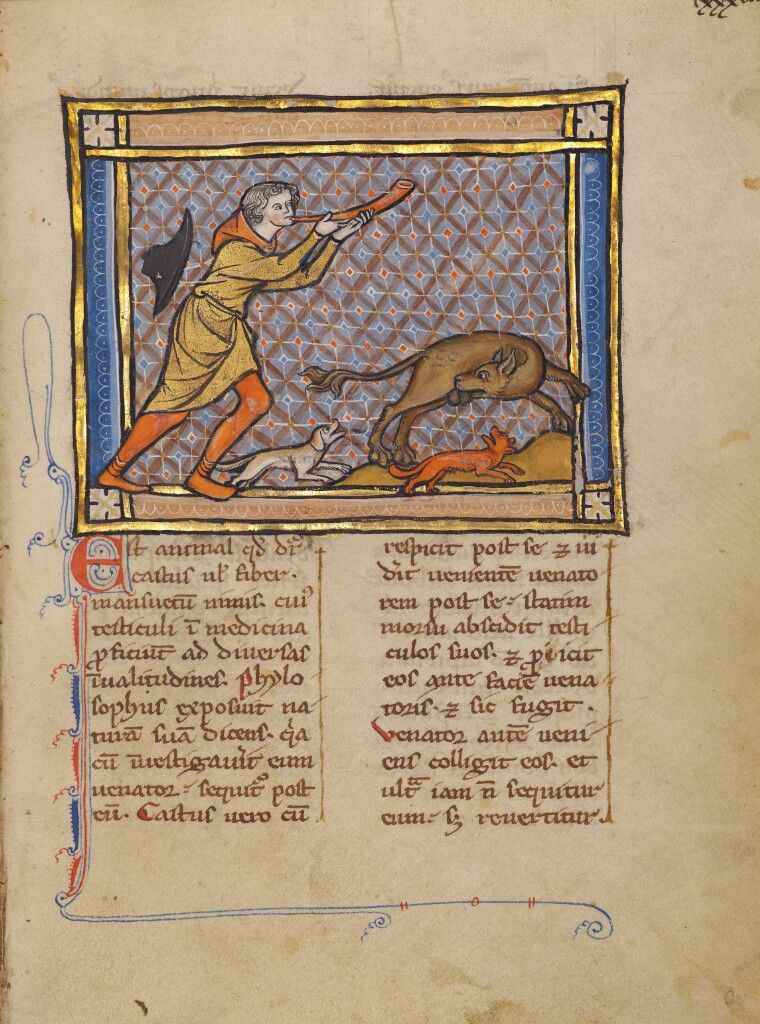

 Ian Smith (rugby union, born 1903) - Wikipedia
Ian Smith (rugby union, born 1903) - Wikipedia

